As pet owners, it can be really difficult to decide when it’s time to say goodbye to our furry companions. As much as we may want to keep them with us forever, there often comes a time when prolonging their life would mean prolonging their suffering. Making the decision for euthanasia is never easy, but focusing on providing a peaceful, pain-free passing can help.
Talk to Your Vet
When you think your pet’s quality of life is declining, have an honest discussion with your veterinarian. They can assess your pet’s health issues and prognosis to help determine if your pet is nearing end-of-life. Key things to review are your pet’s pain levels, mobility, appetite, and interest in normal activities. Your vet can advise you on options for managing pain and other palliative care measures. Getting a second opinion from another vet may also help provide more information.
Consider In-Home Euthanasia
In-home euthanasia allows you to say goodbye your way. This is performed by a vet allows your pet to pass away comfortably in familiar surroundings, avoiding the stress of a trip to the clinic. Your vet will administer a gentle intravenous injection to quickly induce unconsciousness followed by cardiac arrest. Many vets provide this service or can refer you to a specialty service. This option allows you to be present to comfort your pet until the end. You may want to have tissues on hand as it can be an emotional experience.
Preparing for the Farewell
Once the decision is made, take time to prepare yourself and your pet. Consider taking your pet to favorite parks or activities one last time if they are able. Put together a photo album or paw print keepsake. Feed them their favorite foods. Shower them with love and affection. Capture some final photos and videos to remember them by. And find comfort knowing you are easing their passing.
Being Present During the Process
If you choose in-home euthanasia, decide who should be present. Having close family with you can provide support. But also consider your pet’s temperament – minimizing strangers and commotion can help keep them calm. Have their bed or blanket handy and consider soothing music. Hold and comfort them as the injection is administered. Understand that you may see some involuntary movements after they have passed – this is normal. Spend as much time as needed after their passing to say goodbye before the vet takes their body for cremation or burial services.
Honoring Their Memory
After your pet has passed, you may want to have a memorial service or remembrance ceremony. Scattering ashes or burying remains in a favorite spot can provide closure. Planting a tree, dedicating a garden plaque, or making a donation to an animal welfare charity are meaningful tributes. Be patient with grief, sharing memories and photos with those who knew your pet. With time, your heartache will evolve into peaceful reflection on the joy you shared.
Preparing Other Pets
If you have other pets at home, they may also grieve the loss. Give them extra love and attention. Maintain normal feeding and play routines. Consider letting them see the deceased pet’s body so they understand what happened. Temporary appetite changes are normal as they adjust.Choosing compassion and being present with your beloved companion until the end demonstrates the depth of your bond. Though saying goodbye is painful, your pet rests easy thanks to your ultimate act of kindness and love. Cherish the gifts of their life and find solace knowing you provided comfort when they needed you most.


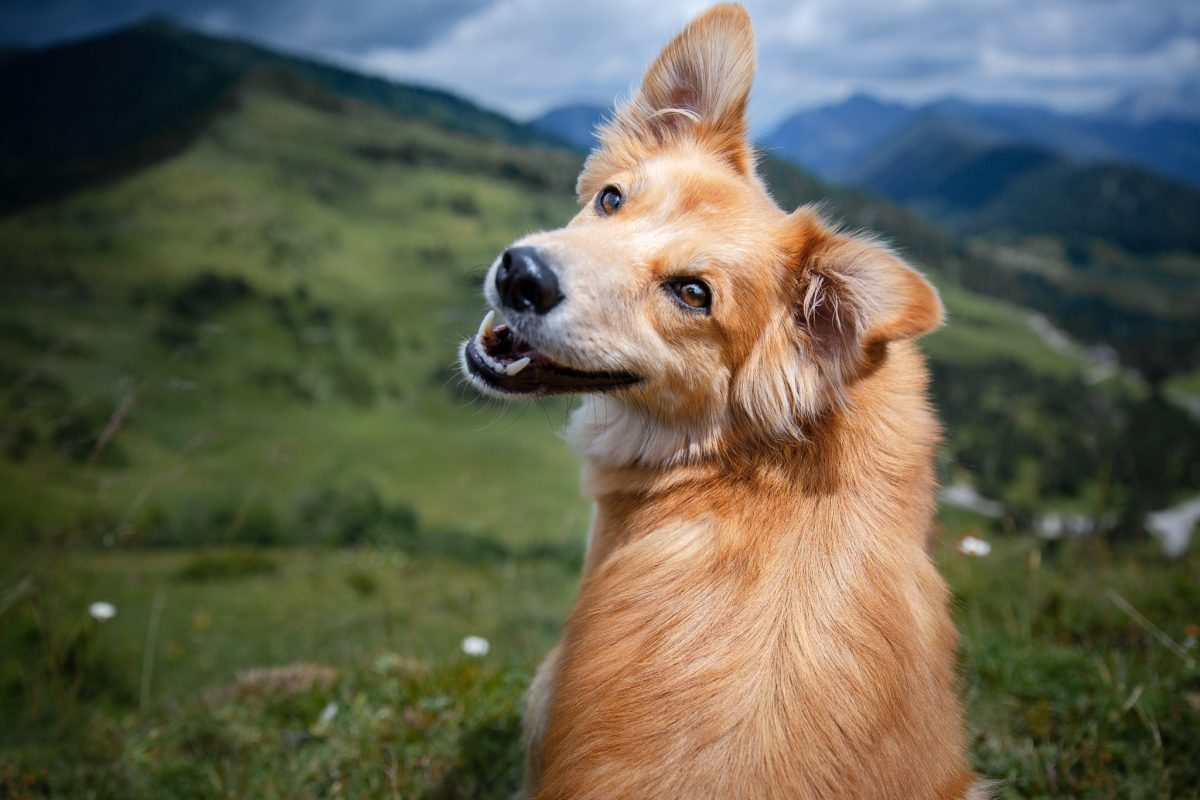
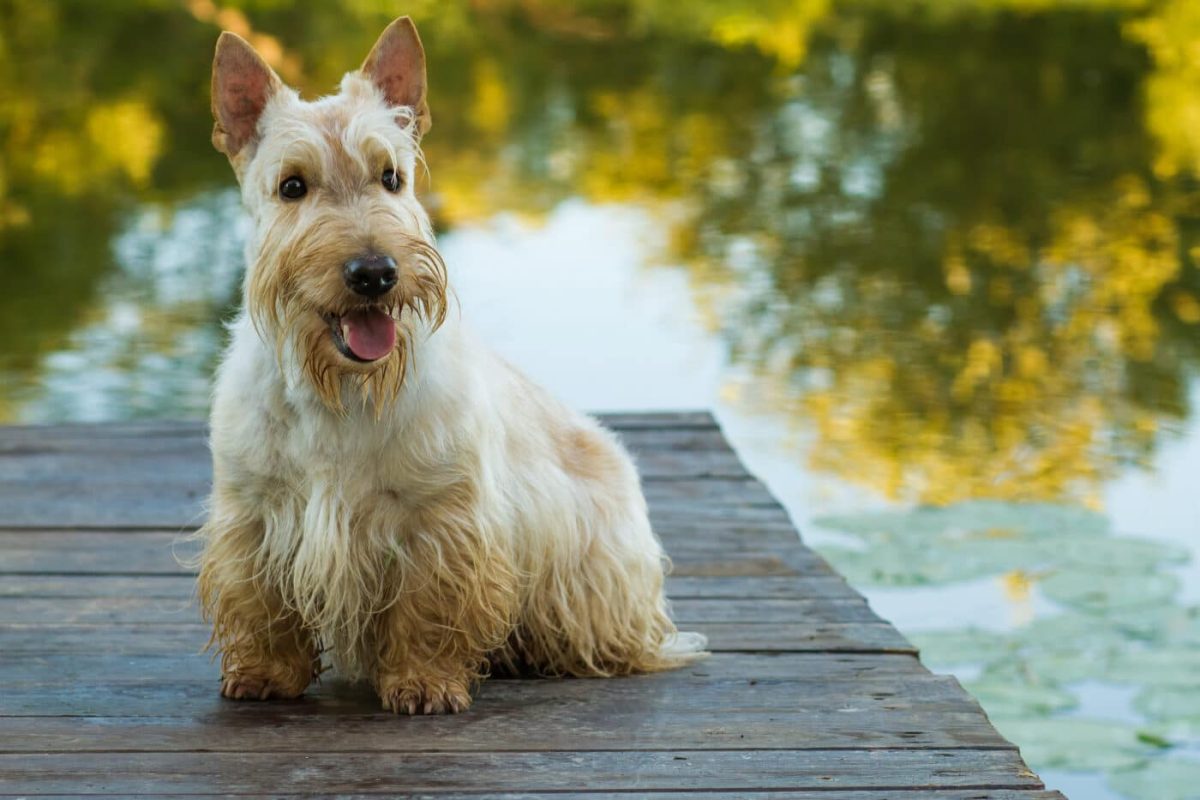
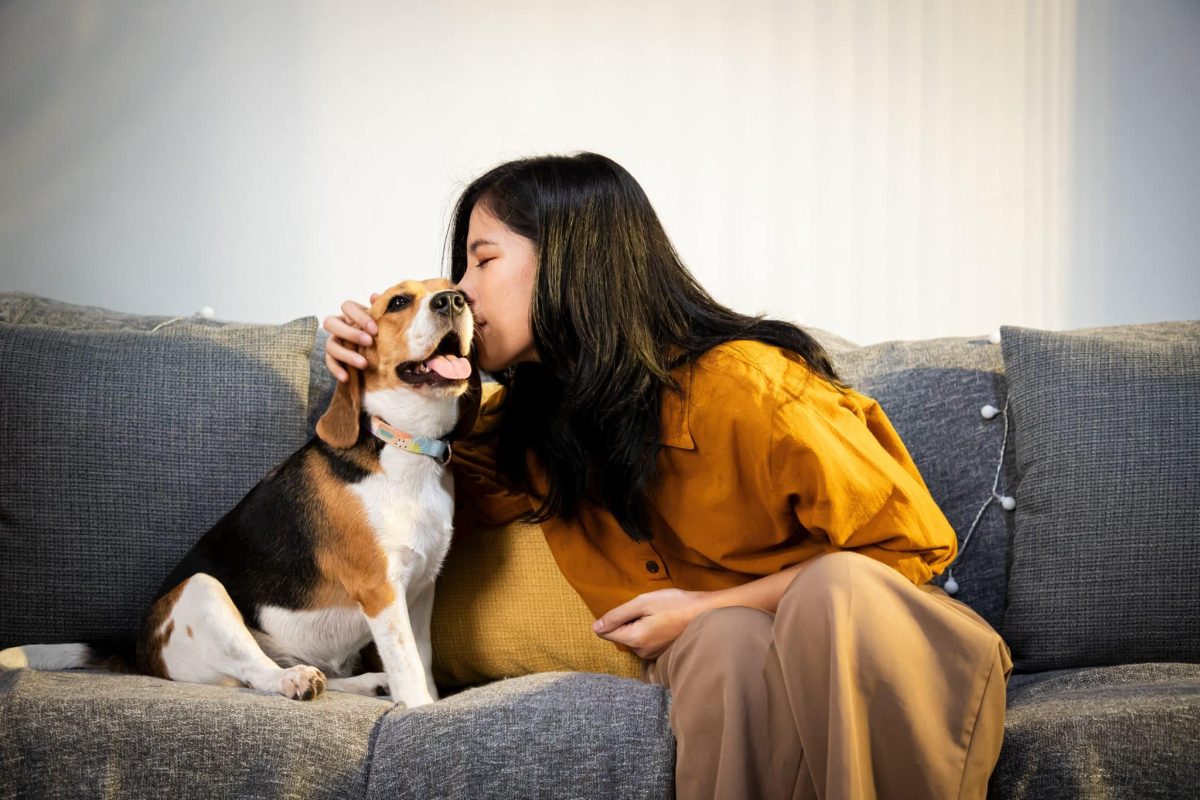
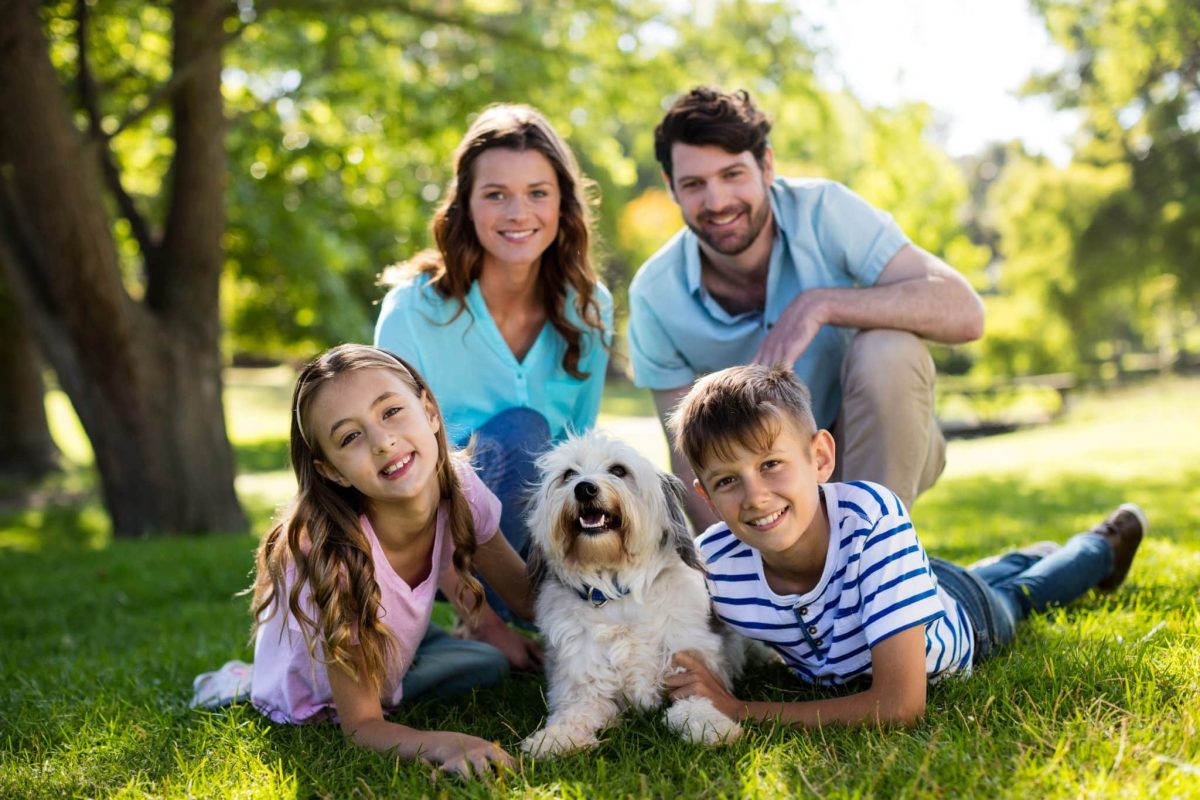


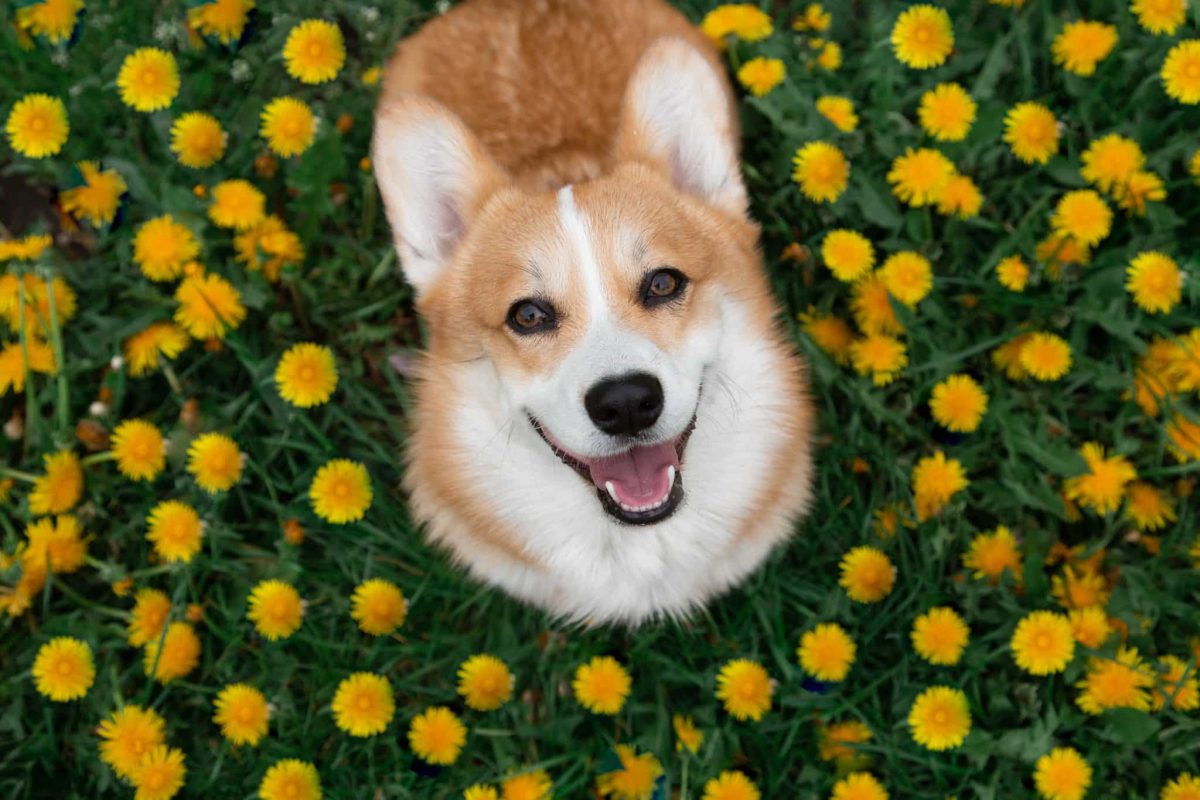


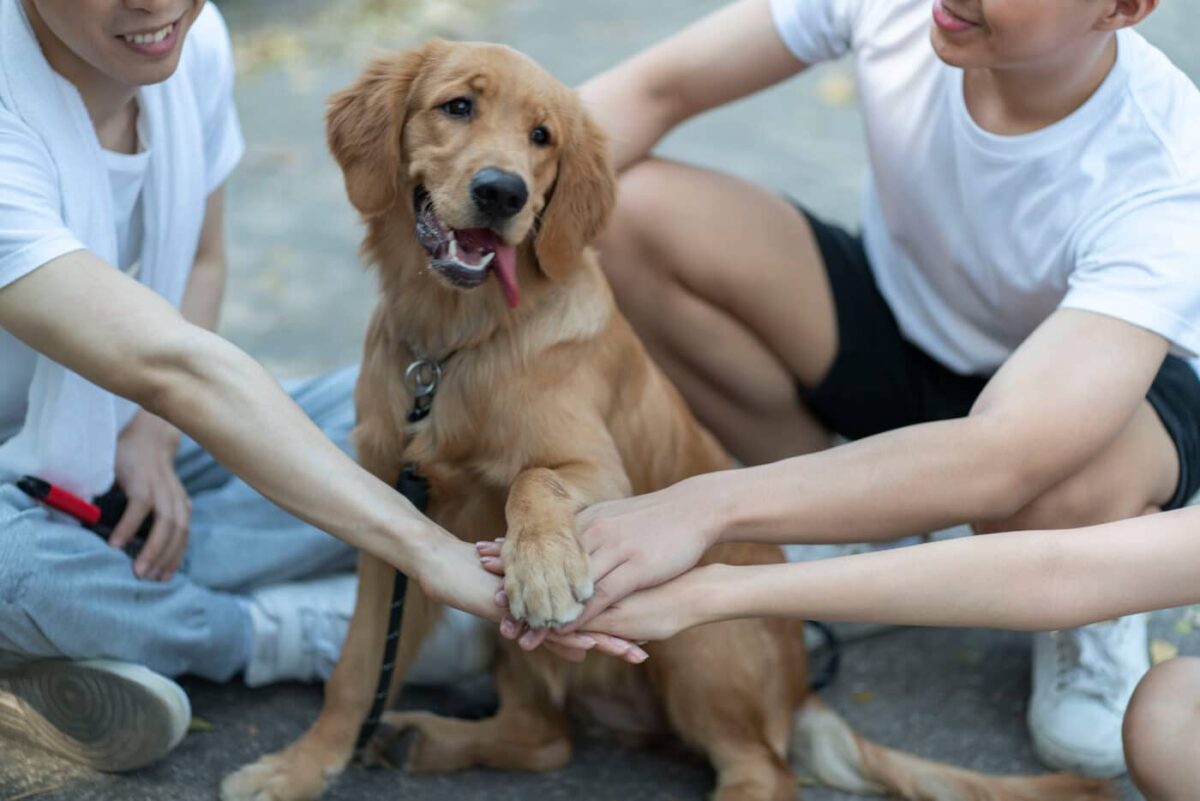
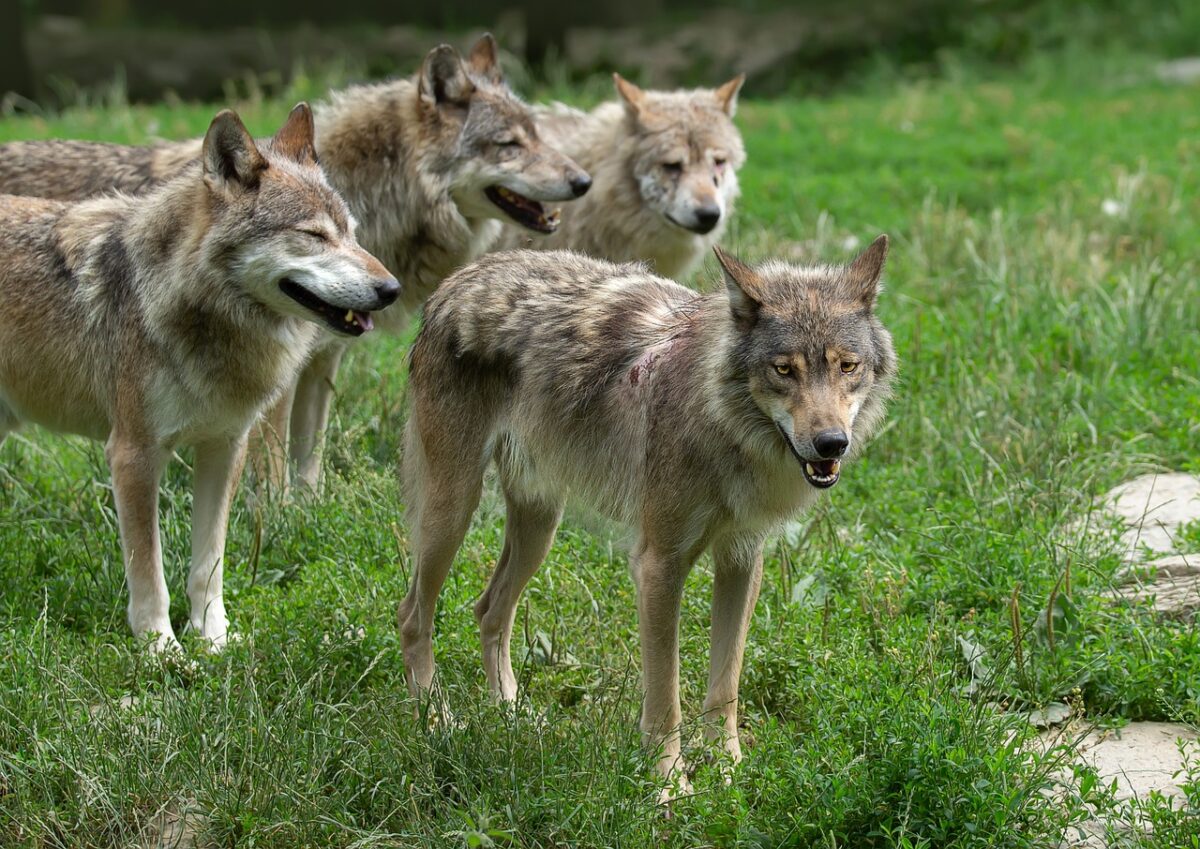
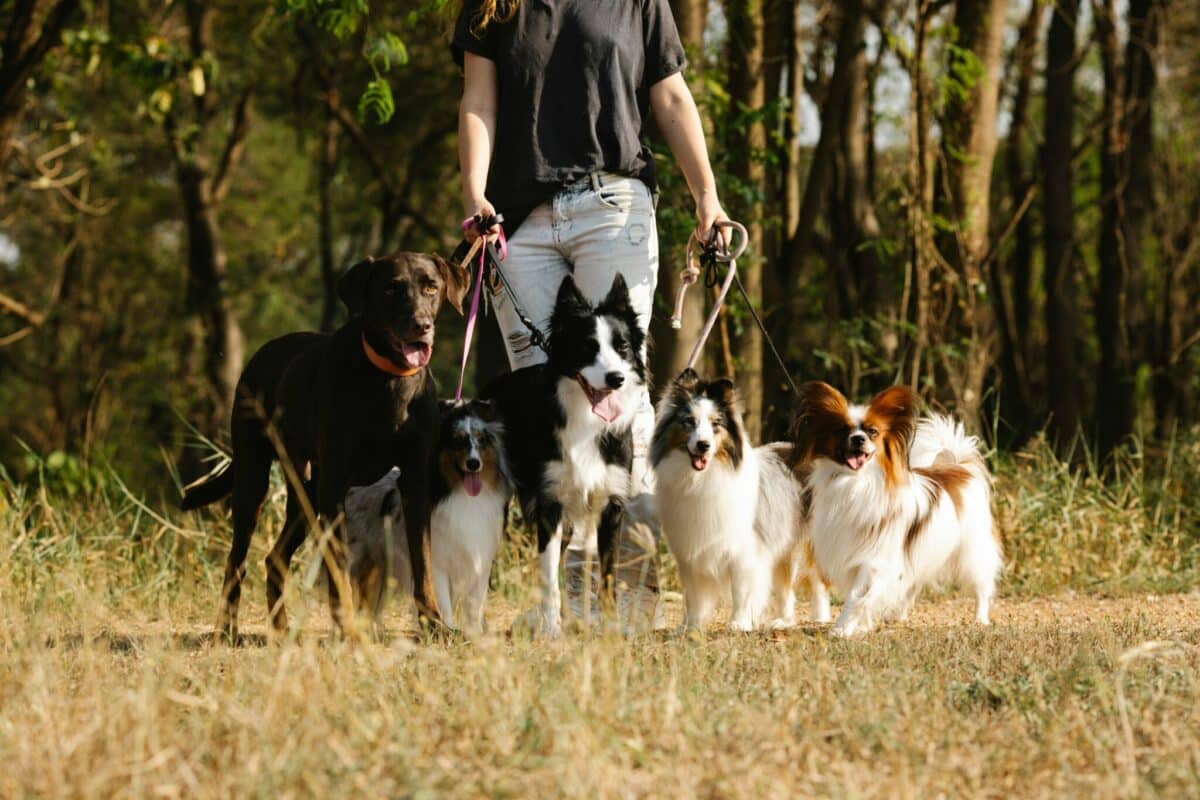



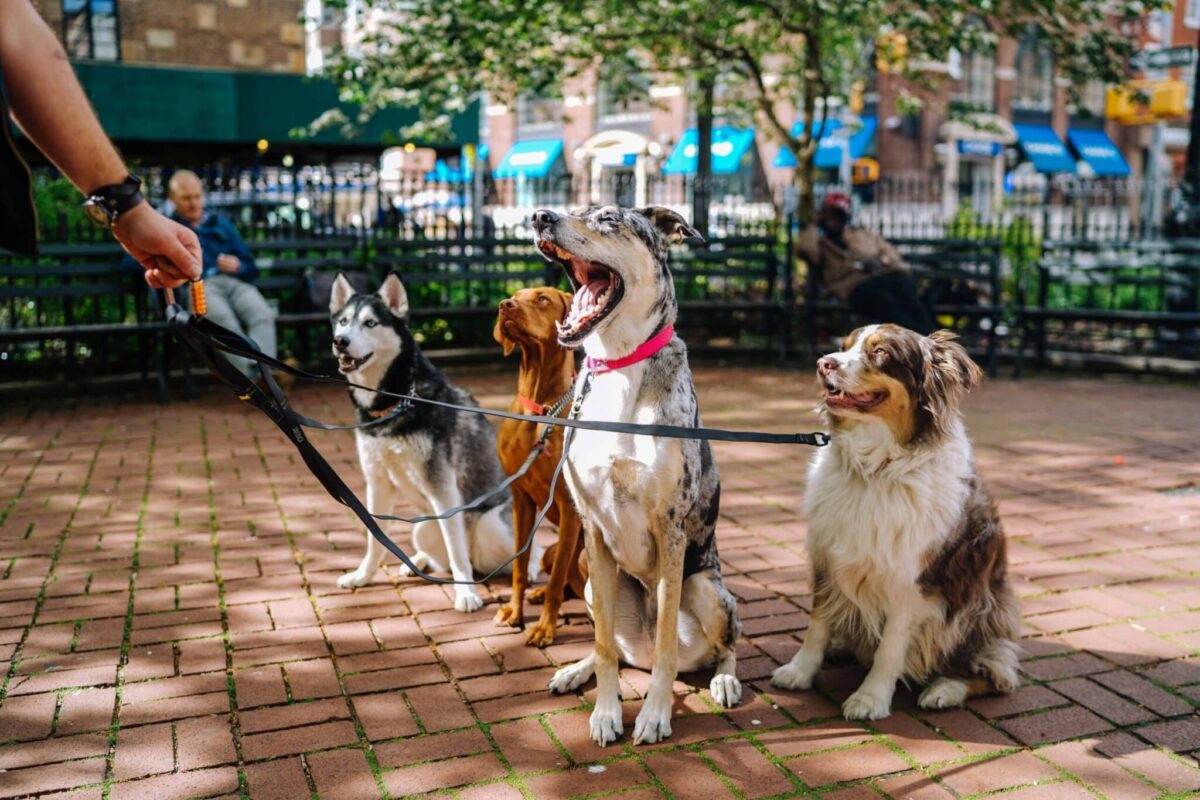

 English (US) ·
English (US) ·